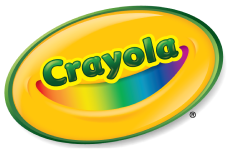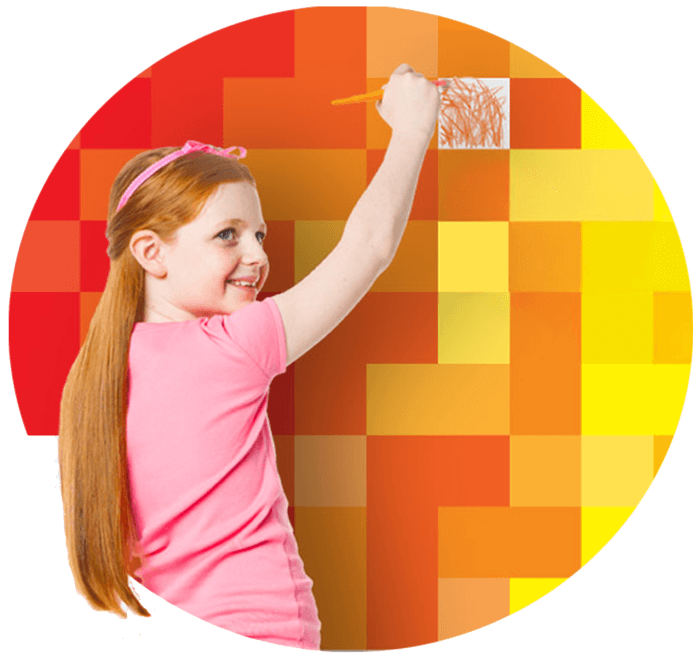Es difícil proporcionar una vida útil exacta para los productos CRAYOLA porque depende de cómo y dónde se hayan almacenado. Por lo general, nuestros productos se prueban en función de cómo se utilizan, en lugar de cuánto tiempo han permanecido sin usar. Respaldamos la marca Crayola y trabajaremos para solucionar cualquier problema de calidad que pueda encontrar.
Si tiene preguntas adicionales, ¡nos encantaría saber de usted! No dude en llamarnos o enviarnos un mensaje de texto al 1-800-272-9652 de lunes a viernes entre las 9 a. m. y las 4 p. m., hora del este. Si prefiere enviarnos un correo electrónico, visite nuestra página de contacto.
Si tienes preguntas adicionales, ¡nos encantaría saber de ti! No dudes en llamarnos o enviarnos un mensaje de texto al 1-800-CRAYOLA días laborables entre las 9 AM y las 4 PM hora del Este. Si prefieres enviarnos un correo electrónico, visita nuestra página de contacto.
Preguntas relacionadas
Explora respuestas a preguntas comunes, consejos útiles para eliminar manchas e ideas creativas para aprovechar al máximo nuestros materiales de arte y recursos gratuitos.
-
The basic ingredients contained in Crayola® Crayons are paraffin wax and color pigment. These ingredients are the same for all Crayola Crayon colors, with some modifications in special effects crayons.
Crayola Crayons begin to melt at around 105° Fahrenheit and have a melting point between 120° - 147° Fahrenheit. The melting point is the same for all regular Crayola Crayons; however, the density and amount of pigment included in different crayons will result in varying thickness or viscosity of the mixture.
-
Crayola® Crayons are made using primarily paraffin wax and color pigment. While the basic ingredients remain consistent across all colors, variations may occur in special effects crayons.
Our crayons are crafted through a process that involves melting paraffin wax and blending it with color pigments. This mixture is then poured into molding machines where it solidifies in four to seven minutes. For a behind-the-scenes look at the Crayola crayon manufacturing process, watch the video "You've Got Crayola Crayons" on YouTube.
-
Crayola® did not invent the crayon. The "modern" crayon originated in Europe, initially made from a mixture of charcoal and oil, later replaced by powdered pigments. Wax was later substituted for oil, making the sticks sturdier and easier to handle.
In 1902, Crayola Crayons were invented by Binney & Smith and first offered for sale in 1903. The trade name "Crayola" was coined by Mrs. Edwin Binney, combining "craie" (French for chalk stick) and "oleaginous" (oily).
Crayola manufactures over 3 billion crayons each year, primarily made from paraffin wax and color pigment. Learn more about Crayola's colorful history on Crayola's history page.
-
No, they do not. Crayola crayons and markers are packed in random order depending on the manufacturing schedule.
-
Before Crayola® Crayons were introduced, we produced black marking crayons in 1900. These early crayons, made with dry carbon black and various waxes, are now known as Staonal® Marking Crayons, widely used in industrial settings.
Recognizing a need in schools for safe and affordable wax crayons, Binney & Smith created the first box of eight Crayola Crayons in 1903. Sold for a nickel, this box included red, orange, yellow, green, blue, violet, brown, and black. The Crayola name was coined by Alice Binney, wife of company founder Edwin Binney and a former schoolteacher. It combines the French word for "chalk" ("craie") with "ola," meaning "oily."
Want to know more about our colorful history? Check out the details at Crayola.com.


